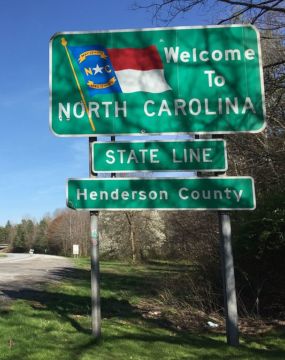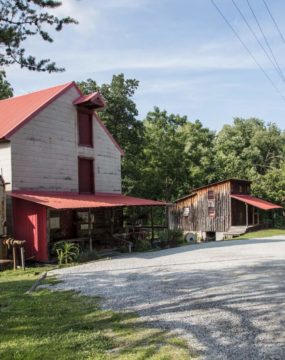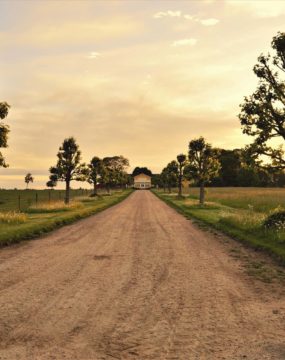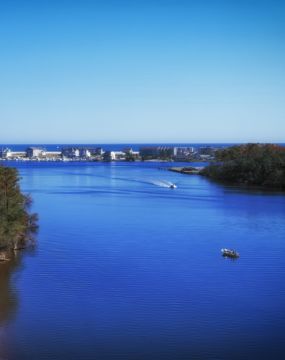Keep up with our latest demographic insights

Achieving a complete and accurate count in the U.S. Census is not simple. The biggest challenge in conducting the census is getting households to mail back or complete their forms online or by phone, a process known as self-response. Higher self-response rates reduce the overall costs of conducting the census. And, when individuals self-respond, the data is more accurate. Before the 2020 Census, Carolina Demography partnered with the NC Counts Coalition to create a map…

2020 Census counting officially began on January 21 with early data collection in remote Alaska and the first wave of mailings went out in early March. By law, the Census Bureau is required to deliver the count used for apportioning seats in the U.S. House of Representatives by December 31, 2020. That means that no matter what, the count must go on. The Bureau is now adjusting to the challenges of counting all Americans in…


The 2019 county population estimates from the U.S. Census Bureau are the last set of population estimate before results of the 2020 Census are released in early 2021. Here’s what they tell us about how counties have changed in North Carolina over the past decade. Growth and Decline Statewide, North Carolina has maintained steady growth since the 2010 Census, but this growth has been uneven across the state: 57 counties have grown since 2010 –…


A complete and accurate census count is incredibly important. The census shapes how billions of dollars in federal funding are distributed, how congressional seats are apportioned, and how communities plan for their future residents. But certain populations have historically been undercounted in the census, due to a variety of factors. Undercounting these communities skews the census data that’s used to ensure fair political representation and support community planning. To help North Carolina achieve a complete…


From 2010 to 2017, 247 North Carolina municipalities experienced population decline – approximately 45% of all cities, towns, and villages in the state. This represents an increase of 22 municipalities since last year’s population estimates were reported. After accounting for municipalities growing at a stagnant pace – below the state growth rate of 8% - this figure rises to 427 in total. This means that over three-fourths of all places are declining or growing slower…


Topline data from the Census Bureau’s recently released 2017 municipal population estimates shows little change from previous years’ estimates. Municipalities located near major metropolitan areas continue to grow, while North Carolina’s rural communities continue to experience population decline. 255 NC municipalities, or 46%, have experienced either population decline or zero-percent growth since 2010. Adding municipalities with stagnant growth – i.e. those that grew slower than the state growth rate of 8% - this totals over…


Women’s History Month has its roots in various “Women’s History Week” celebrations dating back to the late 1970s. The commemoration was often anchored to the March 8th observance of International Women’s Day. As support for the celebration grew, Congress ultimately passed a resolution recognizing March 7, 1982 as “Women’s History Week”. In 1987, this event was expanded to the entire month in perpetuity. An annual Presidential Proclamation is now issued every March to recognize the…


North Carolina’s population grew by 1.1% between July 1, 2016 and July 1, 2017, gaining nearly 117,000 new residents over the year. New estimates from the U.S. Census Bureau provide detail on how this growth and change occurred across the state. In North Carolina, these estimates indicate emerging trends that we will continue to examine in the coming months. For now, here’s what you need to know about the data. 1. New estimates suggest shift…



The percentage of the state’s total population not born in North Carolina continues to rise. Recent estimates from the American Community Survey indicate that 43% of the overall population is non-native, up 1 percentage point from previous five-year estimates when this share was 42%. This share is even higher among the adult population. Nearly half of all individuals 18 and older were born somewhere else and this group has grown faster than the population overall.…


February marks the arrival of Black History Month, dedicated to celebrating the achievements of Black Americans throughout history. It began as a weeklong celebration in 1926, selected to correspond with the birthdays of Frederick Douglass on February 12th and Abraham Lincoln on February 14th. 50 years later, President Gerald Ford officially recognized the entire month for this commemoration. 2.2 million The total black or African-American population, alone, in North Carolina, as of 2016. This is…
Your support is critical to our mission of measuring, understanding, and predicting population change and its impact. Donate to Carolina Demography today.